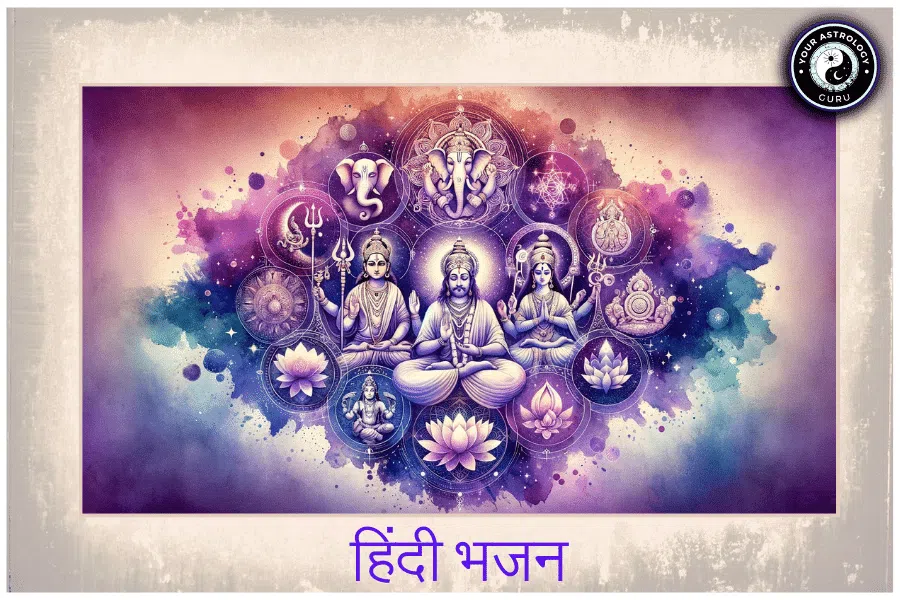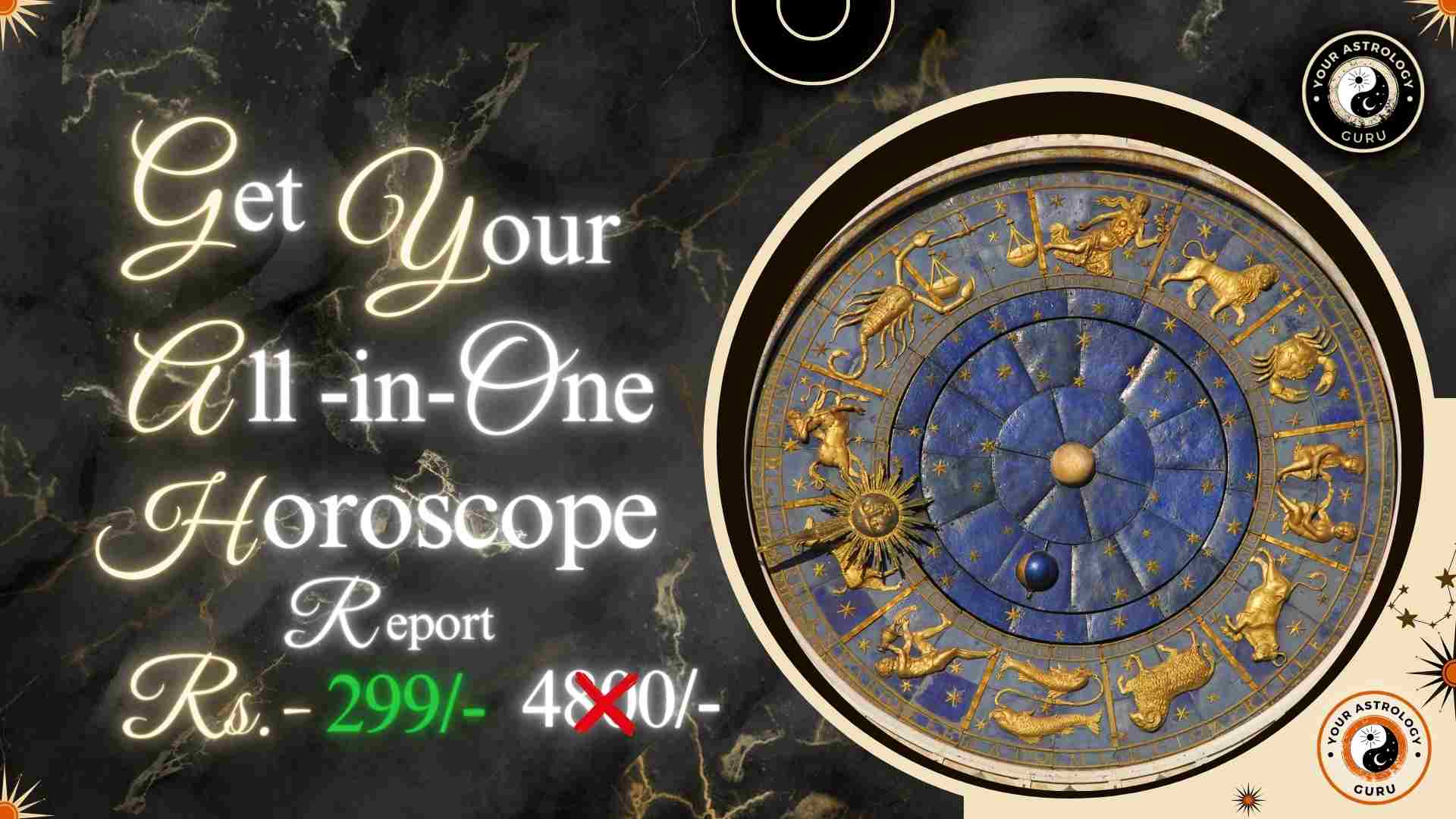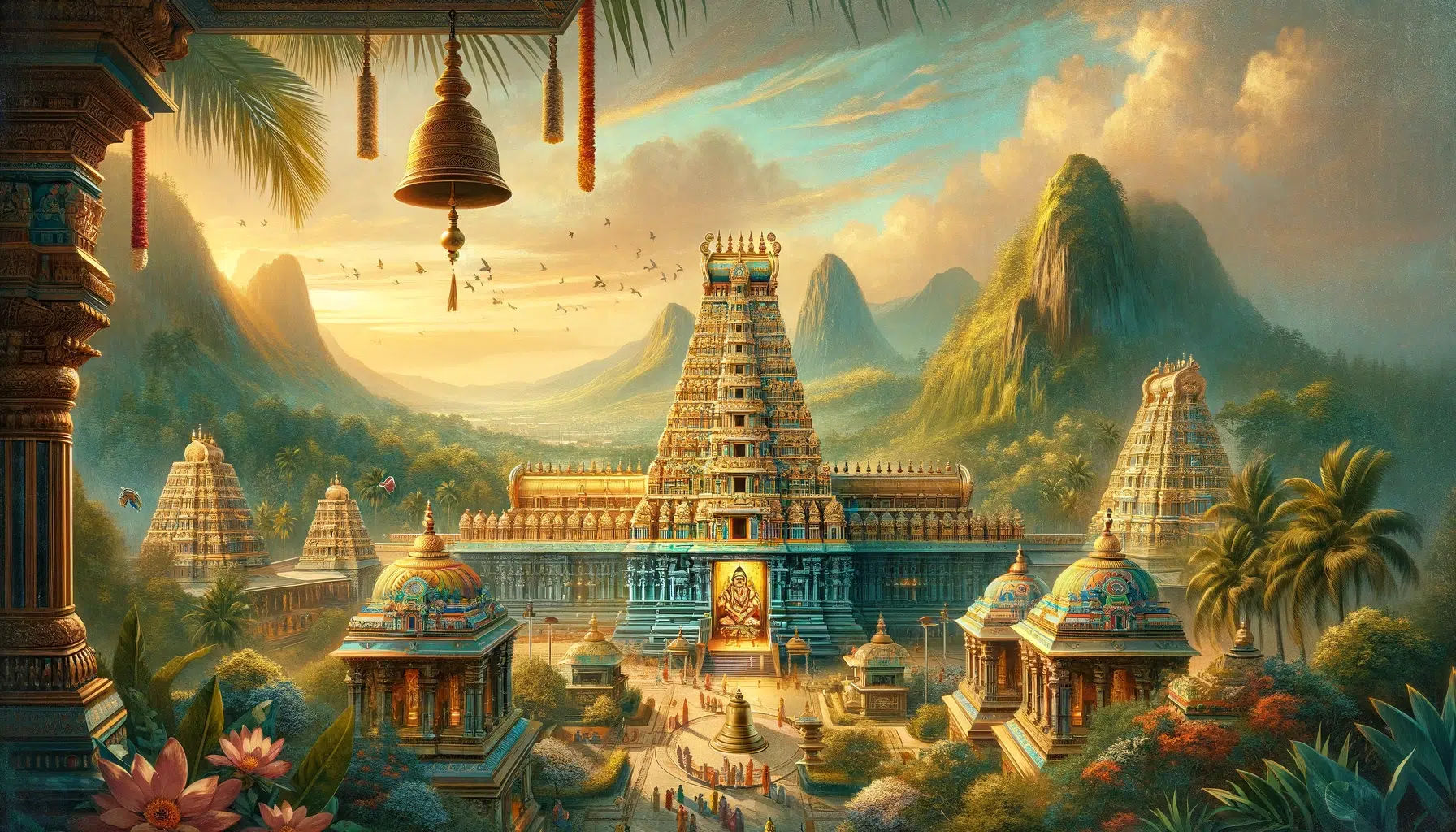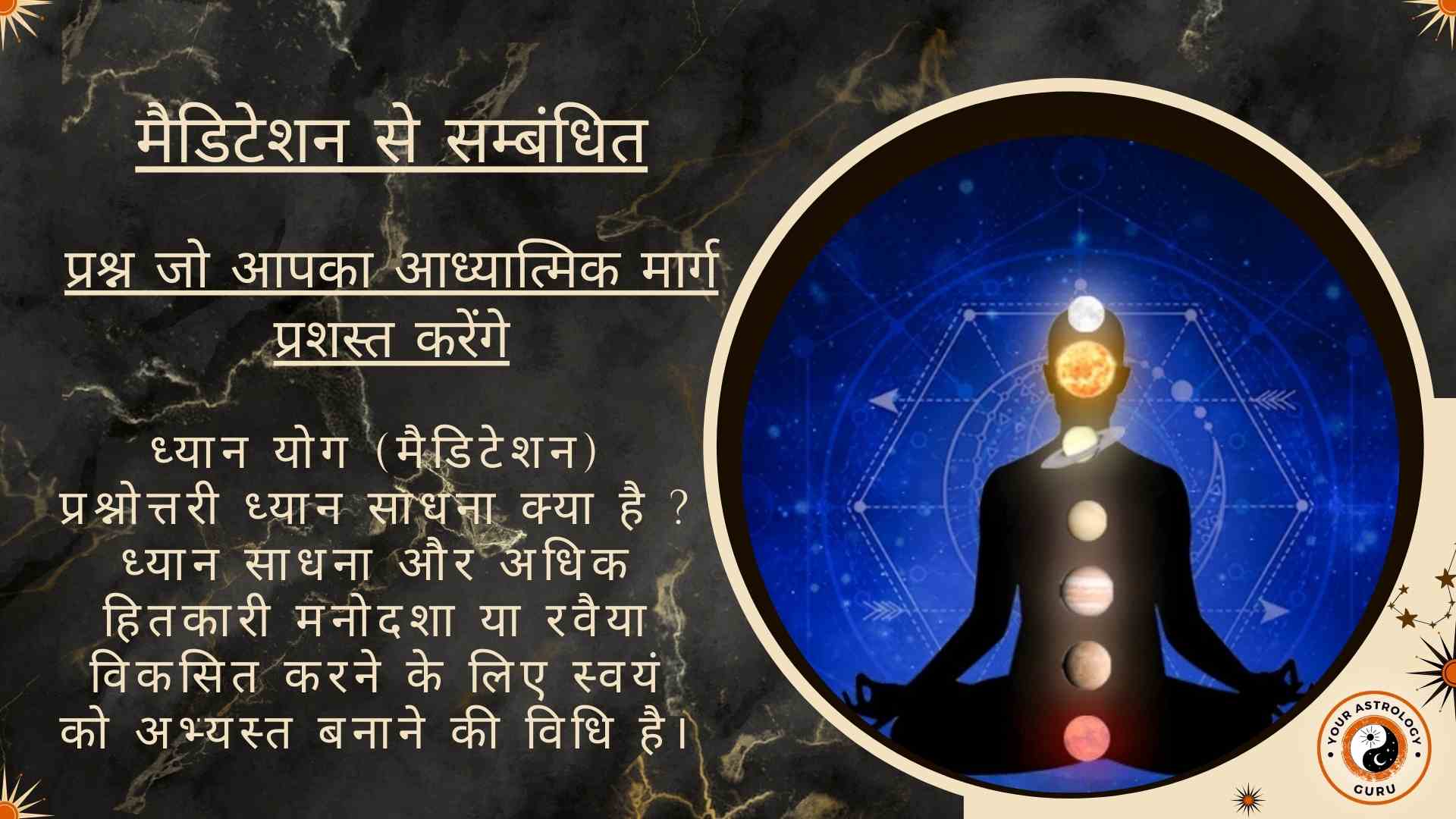Panchatantra Tales are a collection of ancient Indian fables that have been passed down through generations. These tales are not only entertaining but also serve as a means of moral education. In ancient Indian culture, storytelling was considered an important tool for imparting wisdom and teaching moral values to children and adults alike.
The Panchatantra Tales originated in India around 200 BCE and were written in Sanskrit. The word “Panchatantra” translates to “Five Principles” in English, referring to the five books that make up the collection. Each book contains a series of interconnected stories that are filled with valuable life lessons.
Table of Contents
Origins and History of Panchatantra Tales: An Insight into the Ancient Indian Literature
The origins of the Panchatantra Tales can be traced back to the ancient Indian scholar Vishnu Sharma. According to legend, a king approached Vishnu Sharma to educate his three sons in the art of governance. Vishnu Sharma devised a plan to teach them through stories, thus creating the Panchatantra Tales.
Over time, the Panchatantra Tales spread across different regions and were translated into various languages. The tales were not only popular in India but also gained recognition in other parts of the world, including Persia, Arabia, and Europe.
The Art of Storytelling in Panchatantra Tales: Techniques and Strategies
The Panchatantra Tales are known for their unique narrative techniques that captivate the audience. The stories are often structured as a frame narrative, with one story leading to another. This technique keeps the readers engaged and eager to know what happens next.
Humor, suspense, and surprise play a crucial role in the storytelling of Panchatantra Tales. The tales are filled with witty dialogues, unexpected twists, and clever solutions to problems. This combination of elements makes the stories entertaining and memorable.
The Role of Animals in Panchatantra Tales: A Symbolic Representation of Human Traits
One of the distinguishing features of Panchatantra Tales is the use of animal characters to represent human traits and behavior. Each animal character embodies a specific personality trait or moral value, making it easier for the readers to understand and relate to the story.
For example, the lion is often portrayed as a symbol of power and leadership, while the fox represents cunningness and wit. By using animals as characters, the Panchatantra Tales provide a metaphorical representation of human nature, allowing readers to reflect on their own actions and behaviors.
The Moral Values in Panchatantra Tales: Lessons for Life and Character Building
The Panchatantra Tales are not just entertaining stories; they also impart valuable moral lessons. Each story in the collection teaches a specific moral value, such as honesty, loyalty, or perseverance. These values are presented through relatable characters and situations, making it easier for readers to understand and internalize them.
The moral values taught in Panchatantra Tales are timeless and can be applied in modern times. For example, the tale of “The Lion and the Mouse” teaches the importance of kindness and compassion, highlighting that even small acts of kindness can have a significant impact.
The Significance of Panchatantra Tales in Indian Culture and Education
Panchatantra Tales have played a significant role in Indian culture and education for centuries. In ancient India, these tales were used as a tool for moral education, teaching children important values and life lessons. Even today, Panchatantra Tales are included in school curriculums across India.
These tales have also influenced Indian society by promoting ethical behavior and social harmony. The stories emphasize the importance of honesty, integrity, and respect for others, which are essential for building a strong and cohesive society.
The Global Appeal of Panchatantra Tales: Translations and Adaptations in Different Languages
The popularity of Panchatantra Tales extends beyond India, with translations and adaptations in different countries and cultures. These tales have been translated into numerous languages, including Persian, Arabic, English, and French, among others.
The universal themes and moral values present in Panchatantra Tales make them relatable to people from different cultures. The stories have been adapted to suit the cultural context of various regions, while still retaining their core messages.
The Influence of Panchatantra Tales on World Literature and Popular Culture
Panchatantra Tales have had a significant influence on world literature and popular culture. Many renowned authors and storytellers have drawn inspiration from these tales and incorporated their elements into their own works.
For example, Aesop’s Fables, a collection of ancient Greek fables, is believed to have been influenced by the Panchatantra Tales. The structure and moral lessons found in Aesop’s Fables bear a resemblance to the storytelling techniques used in Panchatantra Tales.
The Relevance of Panchatantra Tales in Modern Times: Addressing Contemporary Issues and Challenges
Despite being ancient stories, Panchatantra Tales continue to be relevant in modern times. The moral values taught in these tales can address contemporary issues and challenges faced by individuals and society as a whole.
For instance, the tale of “The Monkey and the Crocodile” teaches the importance of trust and discernment in relationships. In today’s world, where trust is often compromised, this story serves as a reminder to be cautious and discerning when forming relationships.
The Future of Panchatantra Tales: Preserving and Promoting the Legacy of Storytelling and Moral Education
It is crucial to preserve the legacy of Panchatantra Tales for future generations. These tales have stood the test of time and continue to be relevant in today’s world. Efforts should be made to ensure that these stories are passed down to future generations and continue to inspire and educate.
Promoting the Panchatantra Tales can be done through various means, such as incorporating them into school curriculums, organizing storytelling events, and creating digital platforms for easy access. By embracing the wisdom and magic of Panchatantra Tales, we can contribute to personal growth and social harmony.
Embracing the Wisdom and Magic of Panchatantra Tales for Personal Growth and Social Harmony
In conclusion, Panchatantra Tales are a rich tradition of storytelling and moral education that originated in ancient India. These tales have been passed down through generations, teaching valuable life lessons and moral values.
The art of storytelling in Panchatantra Tales is captivating, with narrative techniques that keep the audience engaged. The use of animal characters symbolically represents human traits and behavior, making the stories relatable and thought-provoking.
Panchatantra Tales have had a significant influence on Indian culture and education, promoting ethical behavior and social harmony. They have also gained popularity worldwide, with translations and adaptations in different languages and cultures.
The relevance of Panchatantra Tales in modern times lies in their ability to address contemporary issues and challenges. By preserving and promoting these tales, we can ensure that their wisdom continues to inspire personal growth and contribute to social harmony.
















